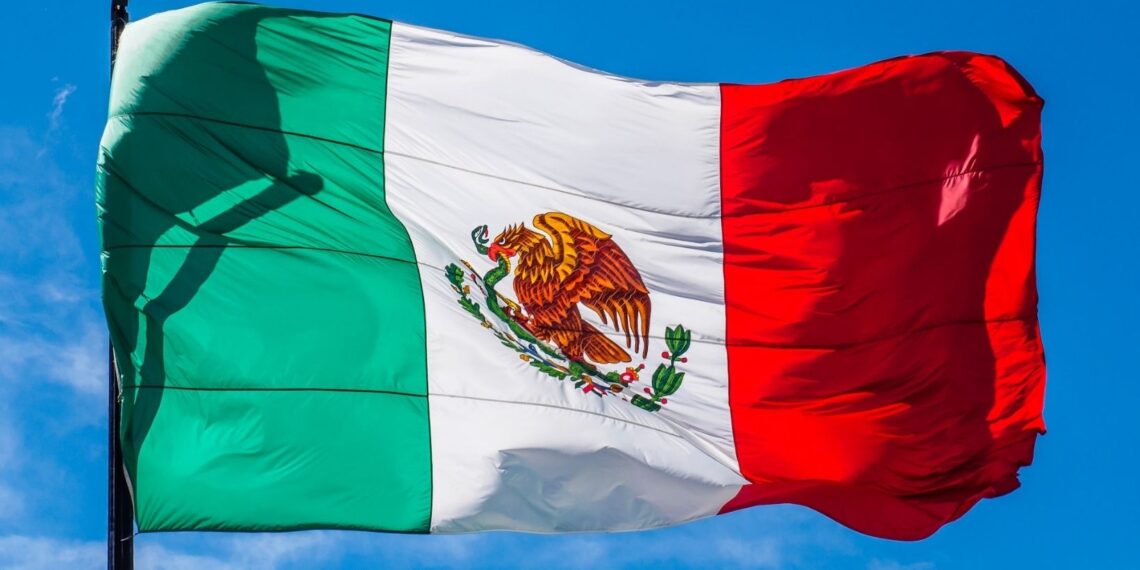The Mexico Constitution of 1917 stands as a pivotal moment in the country’s history, particularly in its impact on the working class. This landmark document brought forth significant changes and reforms that aimed to improve the lives and rights of the working class population. By addressing issues such as land distribution, labor rights, and social justice, the constitution played a crucial role in shaping Mexico’s socioeconomic landscape.
One of the key achievements of the Mexico Constitution of 1917 was its emphasis on land reform. The constitution sought to address the issue of land concentration in the hands of a few wealthy individuals and corporations, by advocating for the redistribution of land to the working class and indigenous communities. This move aimed to provide greater economic opportunities and stability for the working class, empowering them to build a better future for themselves and their families.
Mexico’s Constitution of 1917 Helped the Working Class by
The Mexico Constitution of 1917 played a significant role in improving the lives of the working class in Mexico. It introduced several key provisions aimed at addressing the social and economic inequalities that existed at the time. Here are some of the ways in which the constitution helped the working class:
- Land Reform: One of the most important provisions of the constitution was land reform. It recognized the rights of indigenous communities and peasants to communal land, ensuring that land was redistributed to those who had been historically marginalized. This helped to alleviate poverty and provide economic opportunities for the working class.
- Labor Rights: The constitution also introduced important labor rights and protections. It recognized the right of workers to form labor unions, engage in collective bargaining, and strike. These provisions gave workers a collective voice and improved their bargaining power, leading to better working conditions and fairer wages.
- Social Security: The constitution established the right to social security, including access to healthcare, retirement benefits, and unemployment insurance. This provided a safety net for the working class, ensuring that they had access to essential services and support during times of need.
- Education: The constitution emphasized the importance of education and made it a fundamental right for all. It mandated free, secular, and compulsory education for children, opening up educational opportunities for the working class and allowing them to break the cycle of poverty.
- Worker Protection: The constitution introduced measures to protect workers from exploitation and abuse. It established maximum working hours, regulated child labor, and ensured that workers were provided with a safe and healthy working environment. These provisions aimed to improve the working conditions and overall well-being of the labor force.
The Mexico Constitution of 1917 made significant strides in improving the lives of the working class. It recognized their rights to land, labor, social security, and education, providing them with opportunities for economic and social advancement. These provisions continue to shape Mexico’s socioeconomic landscape and contribute to a more equitable society.

Impact of the Mexico Constitution of 1917 on the Working Class
The Mexico Constitution of 1917 revolutionized the rights and opportunities available to the working class. It played a pivotal role in addressing the social, economic, and political inequalities that had plagued Mexico for decades.
Land reform was a key aspect of the constitution’s agenda. By redistributing land to the working class and indigenous communities, it aimed to provide economic opportunities and reduce the dominance of large landowners. This empowered the working class by giving them access to land and resources, which in turn allowed them to support their families and build sustainable livelihoods.
Furthermore, the constitution recognized and protected important labor rights. It guaranteed the right for workers to form labor unions, engage in collective bargaining, and strike. These rights gave workers a powerful voice and the ability to negotiate better working conditions, fair wages, and improved benefits. It empowered the working class to fight against exploitation and advocate for their rights.
The Mexico Constitution of 1917 also established social security and education as fundamental rights for all. This provided a safety net for the working class by ensuring access to healthcare, pensions, and other social benefits. Moreover, it promoted education as a means to uplift the working class and create opportunities for socio-economic mobility.
Overall, the Mexico Constitution of 1917 significantly improved the lives of the working class in Mexico. It empowered them with land, labor rights, social security, and education. By addressing social, economic, and political inequalities, it created a more equitable society and continues to shape Mexico’s socioeconomic landscape to this day.














